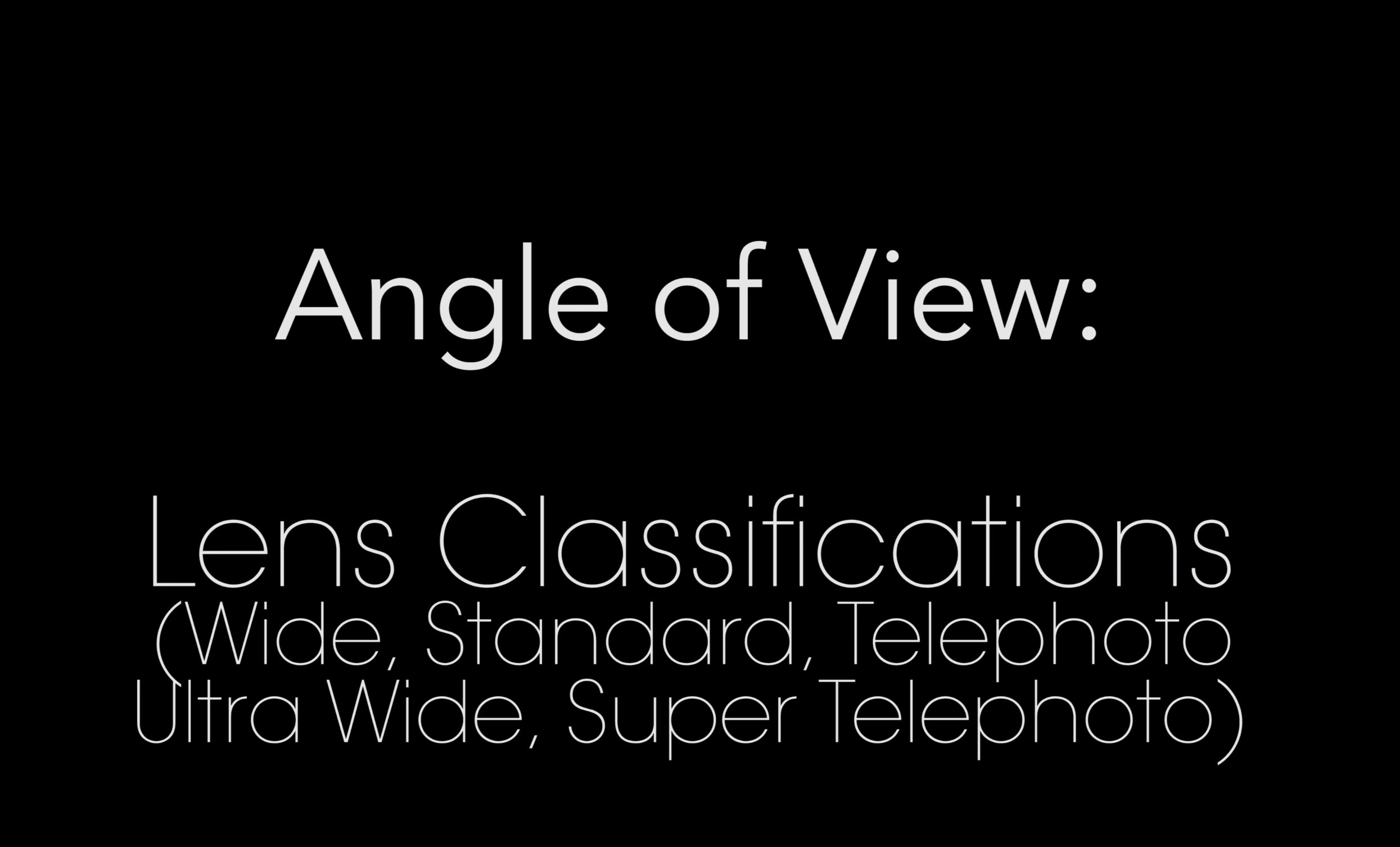What is Angle of View in Photography Magic of Light TV by Thorsten von Overgaard
What’s up photography fans? I have recently saw a video by one of my favourite photographer Thorsten Overgaard “What is Angle of View in Photography?” which I found extremely useful and Sean was so kind he allowed me to publish it here
Thorsten Overgaard is Danish photographer traveling the world photographing and teaching photography. Feel free to visit his website to find out more!
There are lenses as 50 mm or for example 90 mm or 35 mm. And what's the difference? Well, the difference is an angle of view. When we look at 50mm frame lines a 35mm lens is wider and a 90mm lens is more narrow. And of course you can get a 200mm, 400mm or 800mm lens that are really narrow. And when you get up to a 400mm lens, you're down to a angle view of about 4 degrees. So why is it called 50mm? Or why is it called 90mm? So the reason that they came up with the name 50mm is that the lenses are made by lens designers and they're made more than a hundred years ago. So the subject of photography wasn't really meant to be for any teenager or anybody with an iPhone. It was something that you almost have to wear white kilt to deal with.
So the way they figured out the 50mm lens, there's 50 millimeters from the film or the center plane was around here in the camera to the axis of focus inside the lens. And that means that the 90mm lens, that's 90 millimeters from the sensor plane to the axis of focus. So that's why it's called 90mm, 50mm, 40mm. So you can almost say that the 400mm lens is going to be 400 millimeter long or usually a little bit longer. Then you have different optical designs. So you will have actually really big lenses that are only 21 millimeter. But that's a different story. When photography was new, it was pretty simple. It was almost 50mm, 50 millimeter long lens, 90mm, 90 millimeter long lens. In reality, if you think back to a pinhole camera, so that's like a plate with a small hole in it that works as optics and as a camera in the old days. And that's basically the same. We have here, but now we have optics in front of it and we kind of enlarge and cut out. But in reality if you take 35mm on camera and you take a photo of a landscape and if you crop in on the photo, that's basically the same as a 50 millimeter. Or you crop even further and that's going to be what a 90 mm will see. So most of that is very similar.
So there's one interesting thing in angle of view and that is when you go with binocular lenses, you will see that with something like an 8mm lens, you see really wide. What you look at is usually in focus and the rest is a little bit blurry. When you put on a wide angle lens on a camera, then you start to get distortion and you start to get lines going in weird directions. When I look at you and I see the infront of me camera on the table, I don't have any distortion and thats simply just because the eye adjusts for the distortion and so we have straight lines and even if I tilt my head, all the lines are going to be straight and everything is nice. So that's one thing that you have to get used to when you go wide angle is that you have a distortion. When you go tele lens. Not a lot is happening except that use of things behind the subject. So you're focused on a person far away. Then the background is almost pulling to the person. So that's also you could say an obstacle illusion or something that looks different to the eye.
Most cameras with fix lens have either a 50mm or as 35mm as a standard lens. Standard lens means the one basic that most people use and the one that you would use for most of what you do. Generally most people tend to either like 50mm or 35mm. So even having both lenses, you're still going to use maybe 50mm, 90% of the time. And the difference on lenses assemble, you could say you have wide angle and super wide angle lenses. So that's like 18mm, 21mm, 28mm, 35mm. Then you get to 50 millimeter that is very close to how the eye sees things. And then you get to all tele lenses like the 75mm, 90mm, 400 mm, 800 mm or 1600mm and up . Often the 50 mm is referred to as the one closest to the eye.
But the thing is that your eyes see wide angle. So the 50 minute only sees like 40%, so it's not the one closest to the eye in that sense. What is the size ratio? That is the same. And that means that when you go wide angle, it's feels like things are pushed away in the background behind the subject. Whereas with telephoto, things in the background is pulled in to the camera. So that makes it look a little bit different than the eye. So 50mm, is the lens that is closest to how the eye sees things, that was my talk about angle view and lenses. If you want to dig deeper into this, go to my website and buy my ebook, the Freedom of photographic expression. And if you want to go even deeper, then sign up for my extended course. The Thorsten Overgaard new extending course, they are both on my website.

